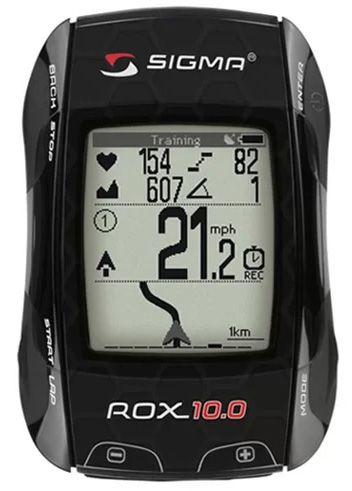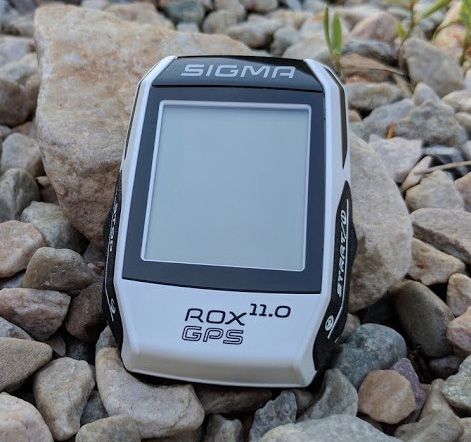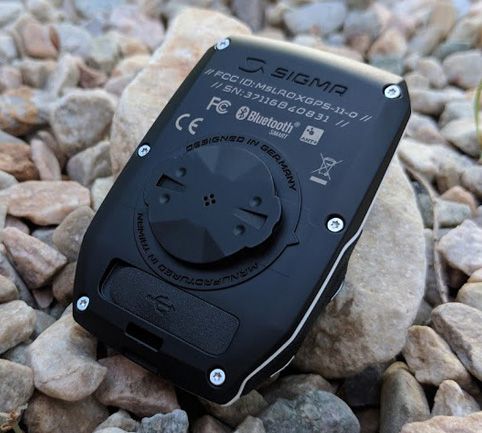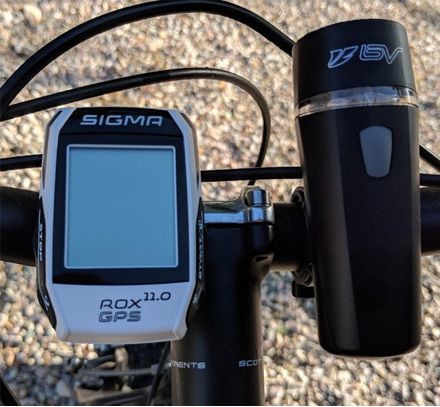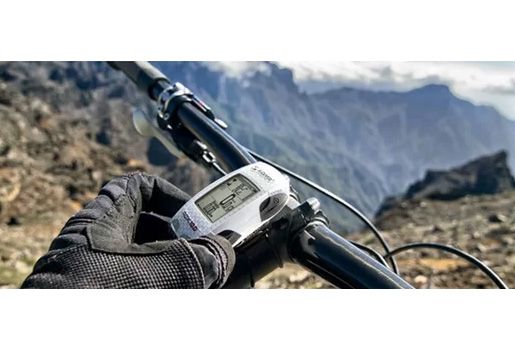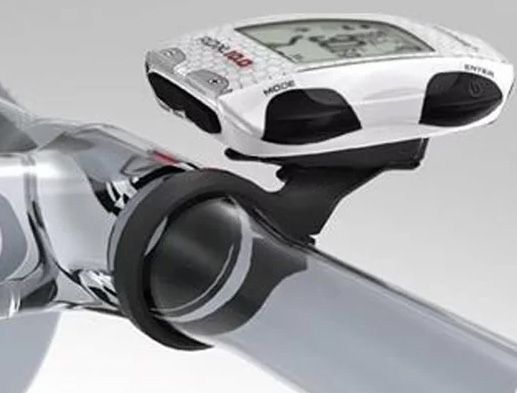Although the Sigma Sport Rox 11.0 looks like a basic bike computer at first glance, it is anything but. While it features an LCD monochrome screen more commonly associated with lower-end bicycle computers, the Rox has advanced bike GPS capabilities such as navigation and ANT+ sensor compatibility.
The navigation system on the Rox is often referred to as breadcrumb navigation. You should not confuse breadcrumb navigation+ with the turn-by-turn map-based navigation found on some high-end bike GPS units. Before you ride, you preload the Rox with a course you want to travel. During your rude, you will see a line representing the path you should follow. The displays for a mile or so out ahead of your bike, and the Rox 11.0 displays your distance away from your destination plus your directional heading.
The Rox is compatible with ANT+ sensors that compute your heart rate, pedal power and pedal cadence. This allows you to train more efficiently, as you can monitor your pedaling to keep t at optimum levels. Sensors can be purchased separately from any number of third party retailers. As long as they use the ANT+ wireless data system, you can use them with the Rox 11.0.
The Rox has all of the basic features of a cycling computer, including the ability to track and report speed, time, temperature and elevation measurements. The altimeter on the Rox is pressure based, which means it will be more accurate than a GPS-based altimeter. You can upload all this ride data from the Rox to online cycling networks such as Strava. This allows you to analyze your ride, compare with friends and view a map of where you rode.
The bike GPS unit features a backlight to illuminate its LCD display, and you can manually adjust the brightness whenever you’d like to. The Rox features IPX7 water resistance; it can resist submersion in 1 meter of water for up to 30 minutes. This means you can ride in the rain without worrying about the water affecting the device. The 13-hour battery life isn’t the best that’s out there but it’s good enough for most rides; however, if you plan to cycle long-distances or competitively, you might wish for more. You can recharge the Rox with the included micro-USB cord.
One of the best things about Sigma Sport, the device’s manufacturer, is its YouTube channel, which has dozens of support videos showing you how to get the most out of your Rox. The cycling computer also comes with a one-year warranty to give you peace of mind about your investment.
The Rox’s great strength lies in its high level of functionality when compared to others around its price range. Although the monochrome screen and mediocre battery life leave something to be desired, the combination of ANT+ sensor compatibility and outstanding ride data storage capacity make it an easy choice for cyclists wanting to focus on specific metrics over course navigation.
